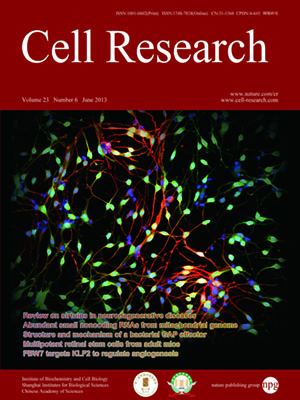
Volume 23, No 6, Jun 2013
ISSN: 1001-0602
EISSN: 1748-7838 2018
impact factor 17.848*
(Clarivate Analytics, 2019)
Volume 23 Issue 6, June 2013: 739-740
RESEARCH HIGHLIGHTS
Engaging the p53 metabolic brake drives senescence
Dadi Jiang1 and Laura D Attardi1,2
1Division of Radiation and Cancer Biology, Department of Radiation Oncology, Stanford University School of Medicine, Stanford, CA 94305, USA
2Department of Genetics, Stanford University School of Medicine, Stanford, CA 94305, USA
Correspondence: Laura D Attardi(attardi@stanford.edu)
Emerging evidence suggests that the ability of p53 to regulate metabolism is important for its tumor suppressor activity. A recent study published in Nature reveals a novel connection between p53 and metabolism: p53 transcriptionally represses the expression of malic enzymes and associated NADPH production, which in turn triggers a positive feedback loop resulting in sustained p53 activation, cellular senescence, and tumor suppression.
10.1038/cr.2013.34
FULL TEXT | PDF
Browse 2335


